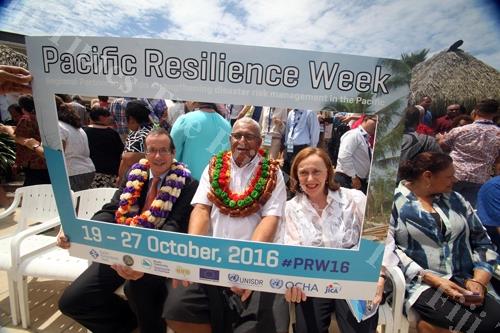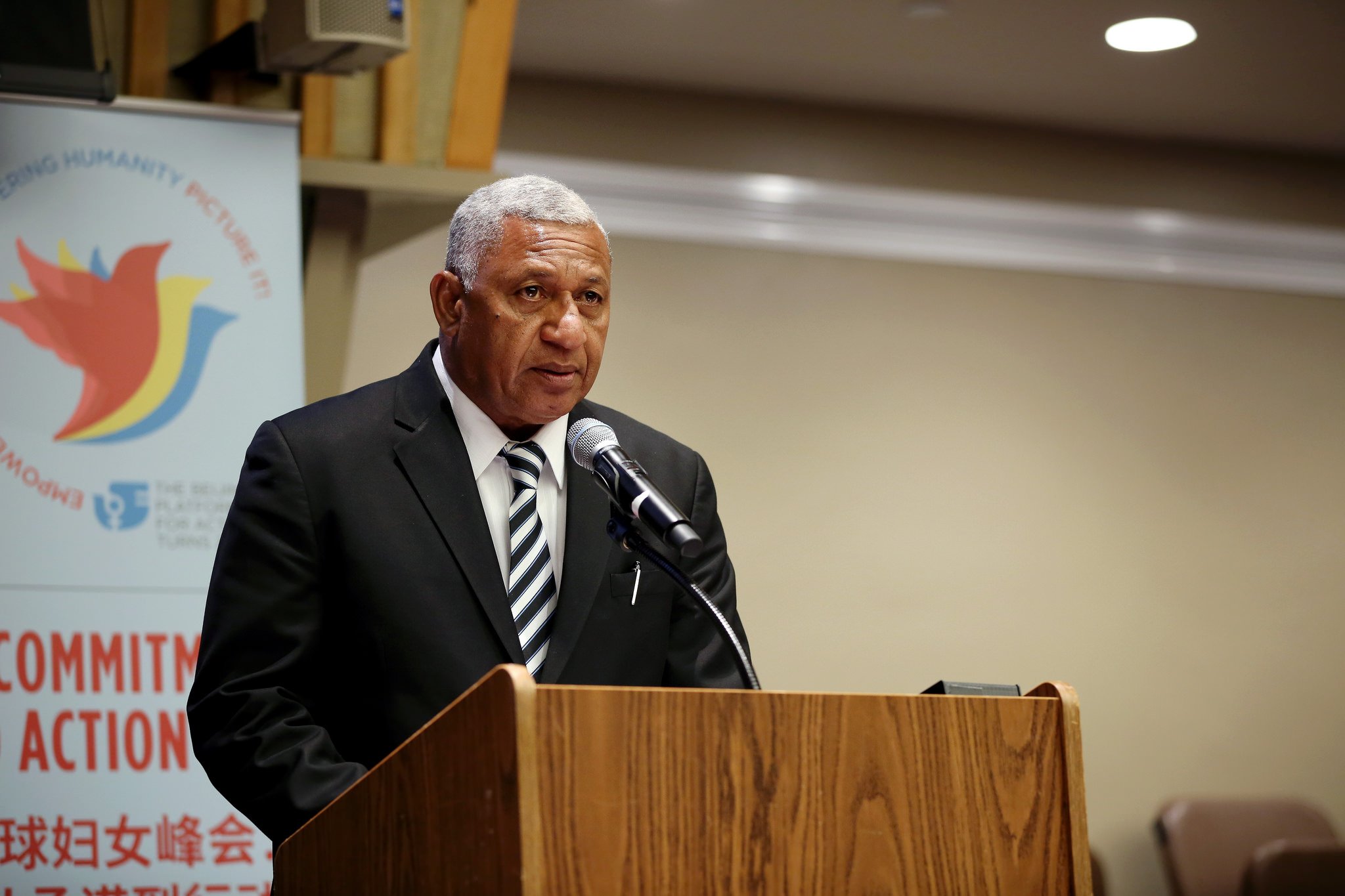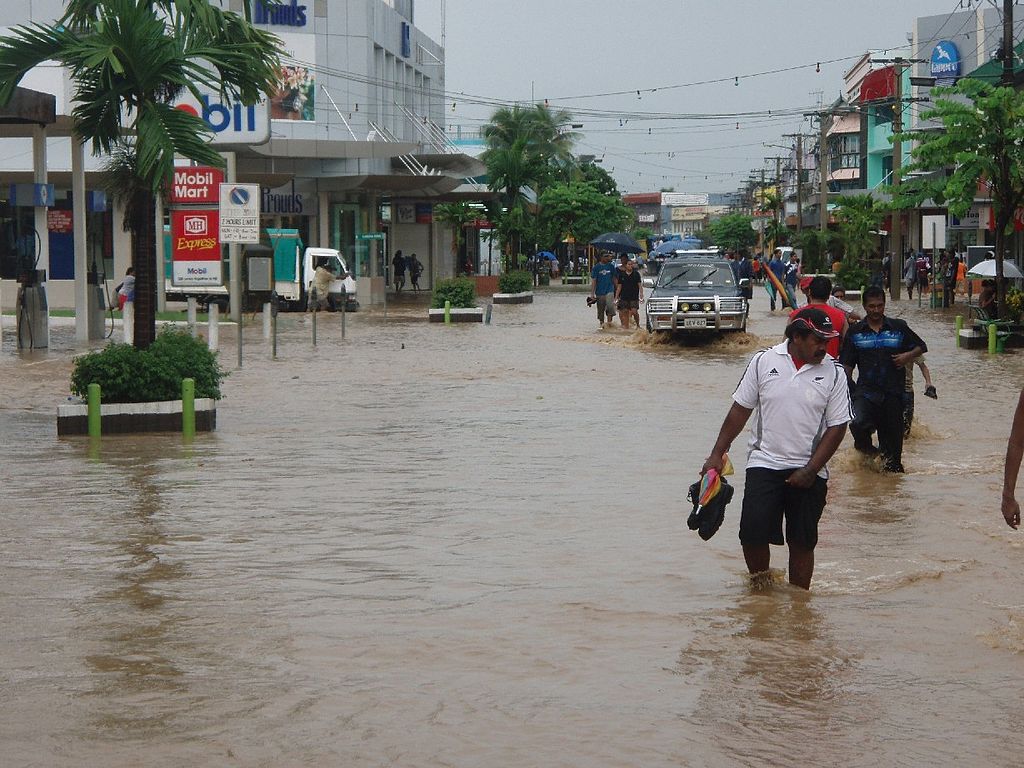FIJI, Papua New Guinea, Solomon Islands, Tonga and Vanuatu are among the top 15 highest risk countries in the world because of frequent floods, drought, tropical cyclones, earthquakes, and tsunamis.
Speaking at the Global Health Emergency Workforce (GHEW) Country Preparedness workshop last week, the World Health Organisation (WHO) technical officer Dr Wendy Snowdon said Pacific Island countries are expected to experience more frequent and severe natural disasters because of climate change and variability.
The GHEW workshop is part of the Ministry of Health’s plan to develop its emergency medical assistance team in the face of natural disasters.
“We have witnessed, for example, two of the strongest ever Category 5 tropical cyclones in the past two consecutive years — Cyclone Pam that hit four of our neighbour countries in April last year and Cyclone Winston that hit Fiji in February this year,” Dr Snowden said.
“These sudden onset disasters occur with little or no warning and often cause injuries and other acute demands on health care systems far surpassing the national response capacities.”
She said the workshop was about strengthening Fiji’s health workforce by improving its readiness to respond to outbreaks and emergencies.
“These sudden onset disasters occur with little or no warning and often cause injuries and other acute demands on health care systems far surpassing the national response capacities. Disasters affecting remote and other hard to reach populations require rapid mobilisation of agile and well trained local emergency response teams to provide urgent care where it is most needed.”
About 30 health personnel attended the four-day training.




